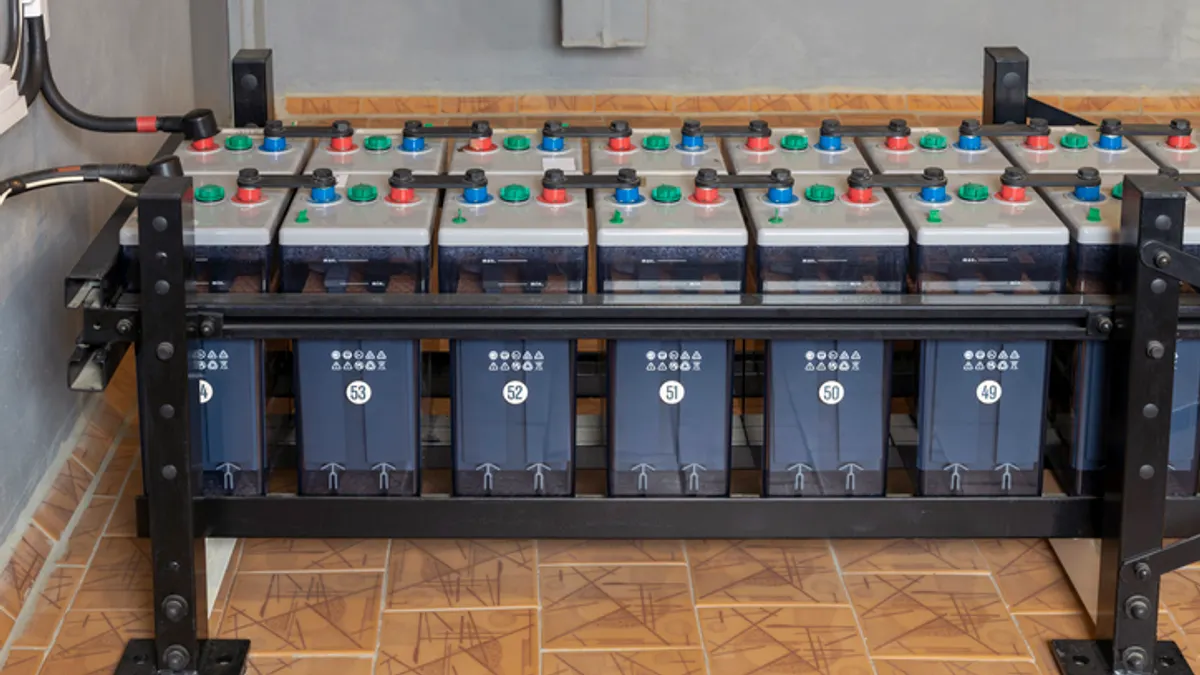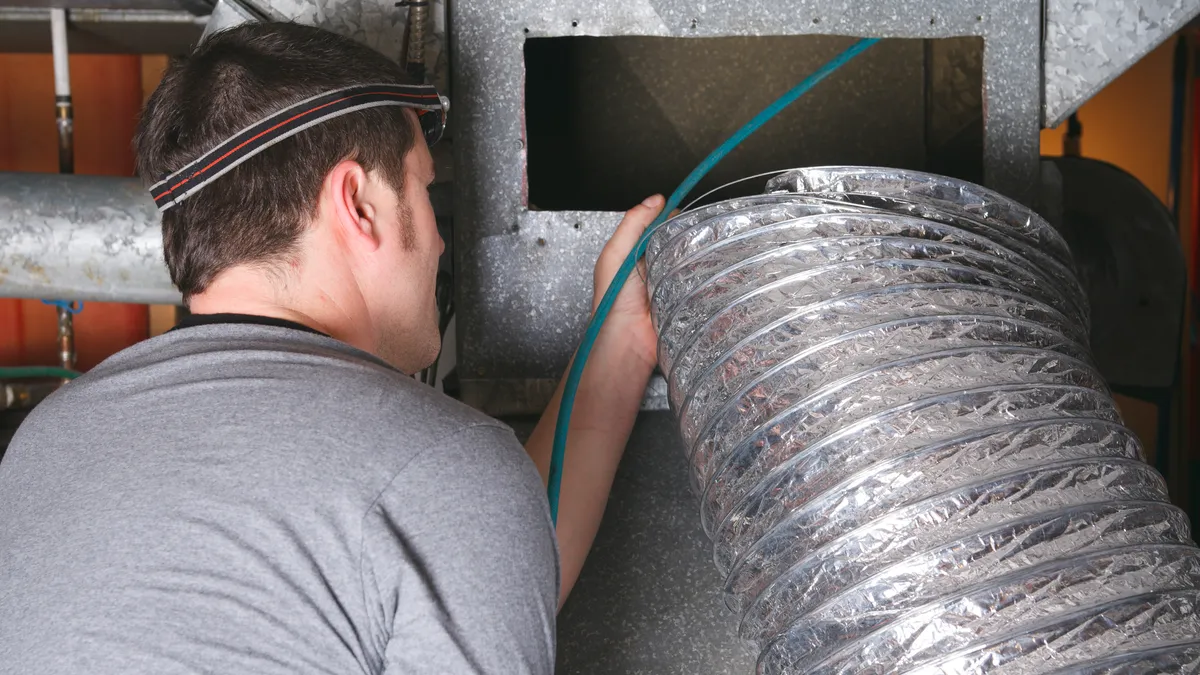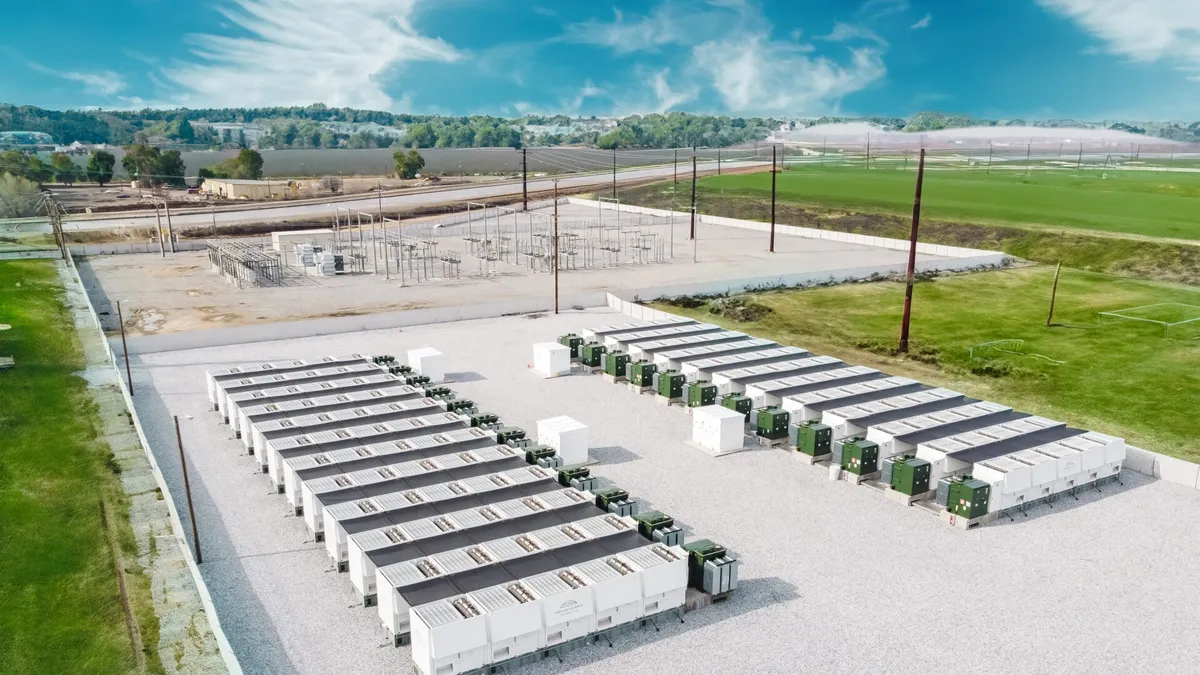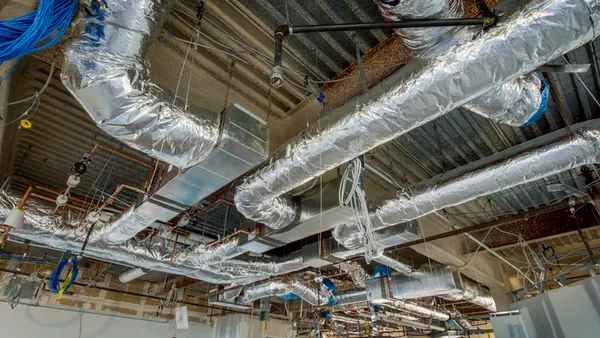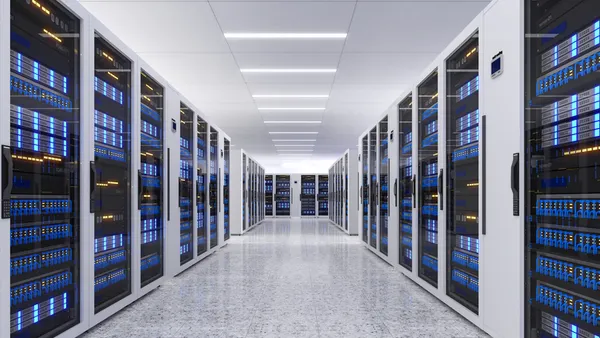Automatic interconnection switches are becoming an important part of facilities managers’ strategy for using microgrids to reduce energy costs, Robert Benavidez, business development manager of renewables at ASCO Power Technologies, said in a May 1 webcast.
The switches are based on technology developed about a decade ago. Their use was incorporated into the National Electrical Code in 2017. They’re similar to automatic transfer switches that connect electricity systems to back-up generators for resiliency power when the utility grid goes down, but they come with a controller that enables facilities managers to switch back and forth between the grid and an on-site battery storage system.
That capability helps turn the battery storage unit into a cost management tool that facilities managers can program to go on and off the grid based on the cost of power.
“These energy source systems get adopted into a facility [mainly] for demand charge reduction,” said Benavidez.
If a facility goes over peak values on its utility rate, for example, it can face a utility demand charge that, depending on the jurisdiction, can apply to the facility for the rest of the month or other length of time that extends beyond the period the facility was over peak values.
“Once you get that demand charge, rates skyrocket,” he said.
The way jurisdictions impose demand charges vary. In California, time-of-use rates are higher for pulling power from the grid between 4 and 7 p.m., so facilities can use the interconnection switches to transfer to their on-site storage power during those hours and then switch back to the grid.
“Now if you have these on-site generating assets, whether PV [solar] or energy storage systems,” he said, “it’s cheaper to produce power on-site rather than purchase it from the utility at certain hours.”
About 99% of use cases for managing the on-site storage system with the interconnection devices are grid-connected in this way. But the devices are also useful for the 1% of cases when power from the grid goes down and the on-site system is needed to keep the facility’s most critical infrastructure running, Benavidez said.
“The microgrid interconnection device acts as a grid isolation device,” he said.
The device monitors voltage and frequency and electrically operates the breaker, separating the utility and non-essential loads from emergency power. When the grid comes back online, the device switches everything back.
“When the utility returns, it will detect that and enable the safe transition back to the utility,” he said.



